A column of essays about Sustainable Energy & Transport, Transport for Economic Opportunity, and the Climate Catastrophe which our nation and the globe is plummeting toward, aided and abetted by vested interests and staunch defenders of the status quo. After a corridor realignment, Sunday Train has been running out of Voices on the Square as its origin Station since July 2012. BruceMcF is the lead author, and accepts submissions. Frequency is mostly weekly, normally sometime Sunday evening, except when life happens in such a way that it isn't.
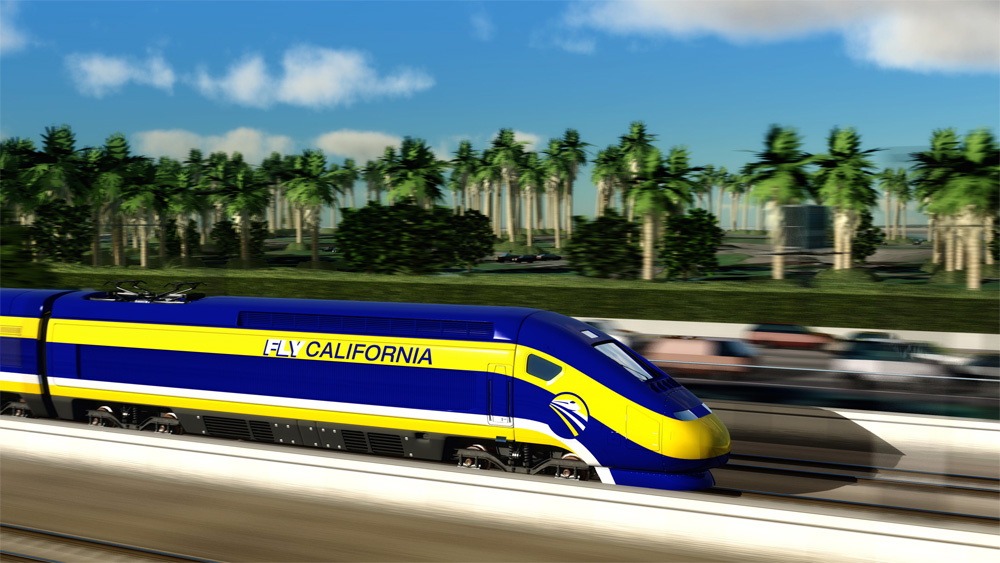 It's a quite odd alliance. The Sierra Club is fighting the Climate Suicide Club both on the side of Supply, with
It's a quite odd alliance. The Sierra Club is fighting the Climate Suicide Club both on the side of Supply, with  From Earth Insight by Nafeez Ahmed, hostsed by the Gardian,
From Earth Insight by Nafeez Ahmed, hostsed by the Gardian, 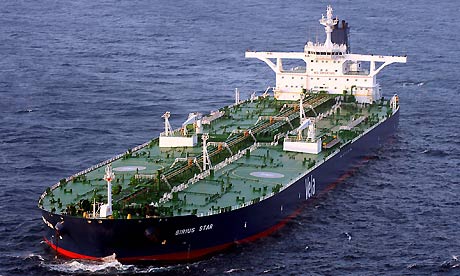
 I'm flat out, finishing one and working on another of my two biggest projects for the end of the year ~ the one that I'm finishing has a drop dead deadline of Monday, but I'm hoping to finish it and send it off sometime late tonight ~ and grading and all of the other five-times-a-year term-end rush of work, so I don't have time to sit down for my normal most-of-Sunday-afternoon to compose a regular Sunday Train.
I'm flat out, finishing one and working on another of my two biggest projects for the end of the year ~ the one that I'm finishing has a drop dead deadline of Monday, but I'm hoping to finish it and send it off sometime late tonight ~ and grading and all of the other five-times-a-year term-end rush of work, so I don't have time to sit down for my normal most-of-Sunday-afternoon to compose a regular Sunday Train.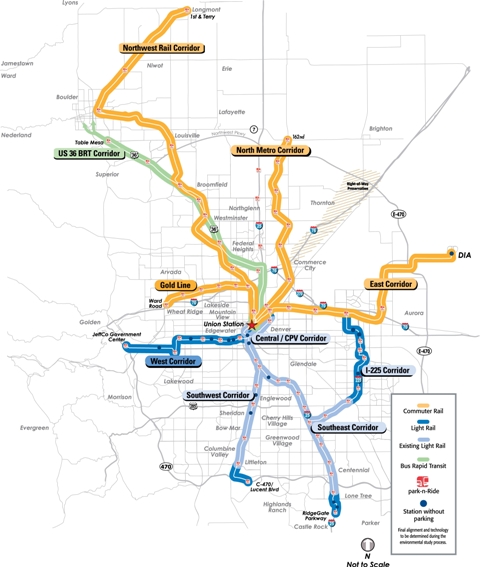 In covering the upcoming vote on the planned
In covering the upcoming vote on the planned 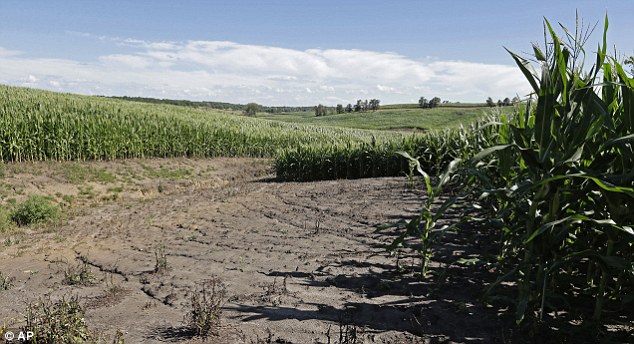 The AP Reports (
The AP Reports (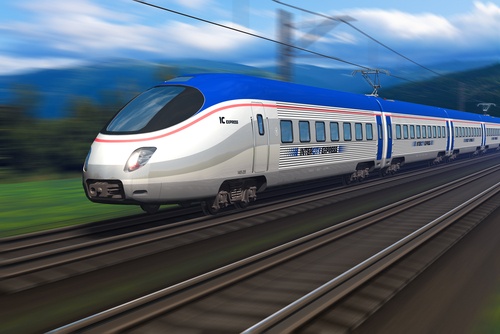 I've posed a question in the title of this week's Sunday Train that I have no intention of answering myself.
I've posed a question in the title of this week's Sunday Train that I have no intention of answering myself.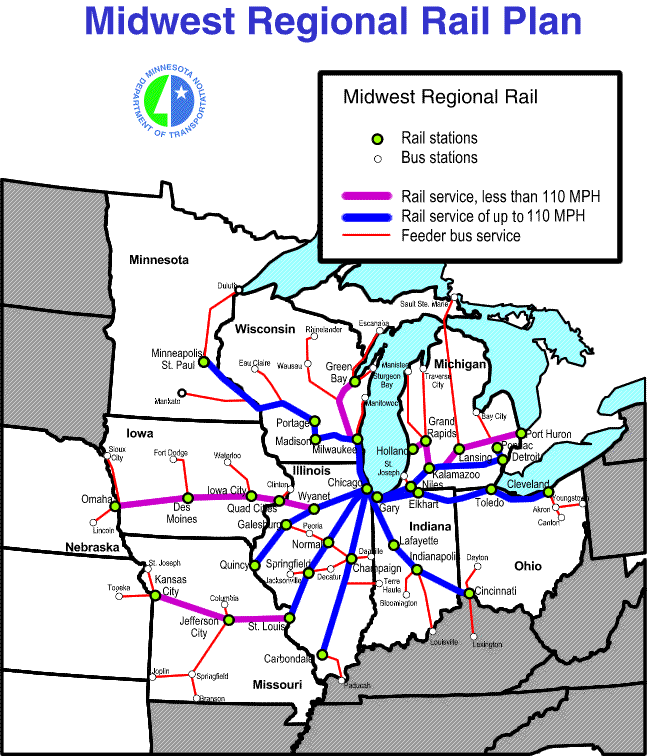 The Midwest HSR Association has long been a Chicago-Centric organization, which is fitting because for many of the urban areas in the nine states that are members of the
The Midwest HSR Association has long been a Chicago-Centric organization, which is fitting because for many of the urban areas in the nine states that are members of the